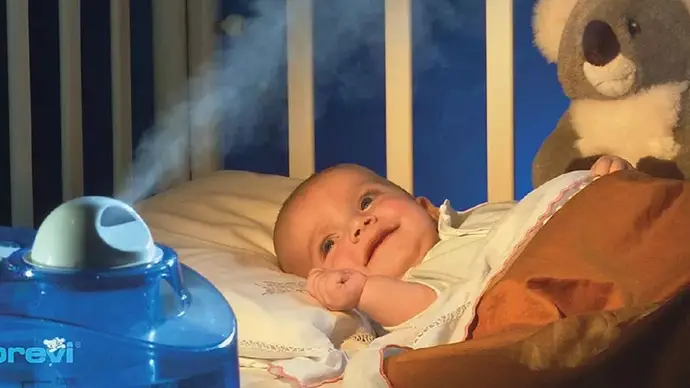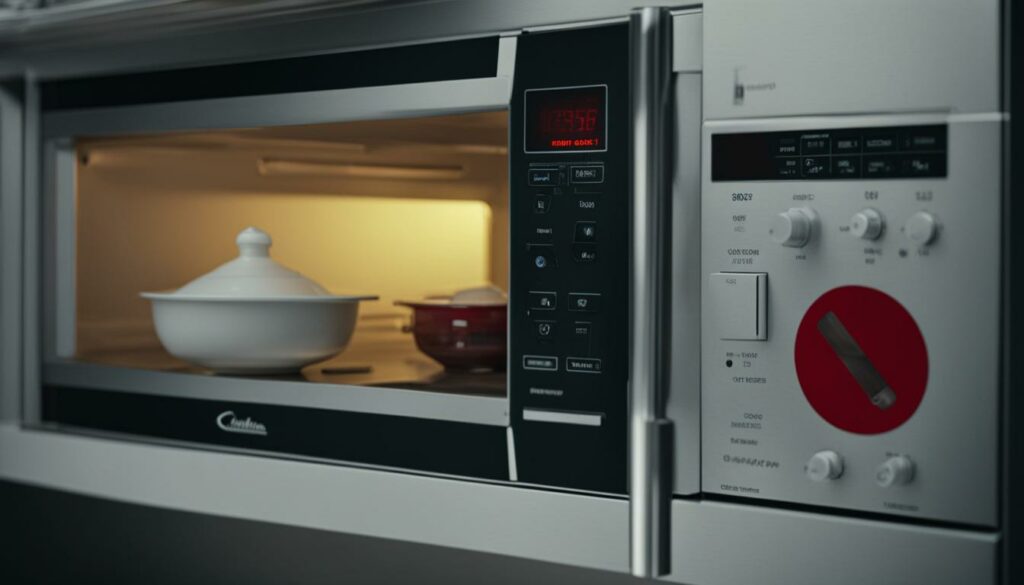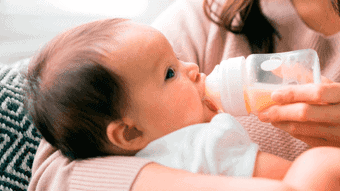Flushing baby wipes down the toilet can cause serious damage to your home’s plumbing. Contrary to popular belief, they don’t dissolve, and they will clump together inside your pipes and cause major clogs. In this article, we’ll explain what to do if you’ve accidentally flushed baby wipes down the toilet, including how to dissolve them in the toilet and prevent clogs in your pipes.
Table of Contents
Why you shouldn’t flush baby wipes down the toilet
Unlike toilet paper, baby wipes are not designed to break down in water. They are made of non-woven materials, such as polyester and polypropylene, which do not dissolve easily in water. Additionally, many baby wipes contain synthetic fibers and plastic materials that can cause them to clump together and clog pipes.

Flushing baby wipes down the toilet can lead to a variety of plumbing issues. The wipes can accumulate in the pipes and create a blockage, causing water to back up into your home. This can result in overflowing toilets and sinks, which can lead to water damage and costly repairs. In severe cases, flushing baby wipes down the toilet can even cause damage to your septic system, leading to expensive repairs or replacement.
Furthermore, flushing baby wipes down the toilet can cause problems not only in your home but also in the wider sewage system. Baby wipes can clog sewer pipes, leading to backups and overflows in the public sewer system. This can result in environmental damage, health hazards, and even fines for violating local laws and regulations.
What to do if you accidentally flush baby wipes down the toilet
Flushing baby wipes down the toilet is a common mistake that can cause serious plumbing problems. If you find yourself in this situation, it is important to act quickly to avoid further damage. Here are some steps you can take if you accidentally flush baby wipes down the toilet:
- Turn off the water supply to the toilet: The first thing you should do is turn off the water supply to the toilet. This will prevent any additional water from flowing into the toilet bowl and potentially causing it to overflow.
- Use a plunger to try and remove the wipes: After turning off the water supply, use a plunger to try and remove the wipes. Make sure to create a tight seal between the plunger and the toilet bowl to create suction. Push and pull the plunger up and down several times, then check to see if the wipes have been dislodged.
- Use an auger or snake to remove the wipes: If the plunger does not work, you can try using an auger or snake to remove the wipes. These tools are designed to break up clogs in pipes and can be effective at removing baby wipes. Insert the auger or snake into the toilet bowl and turn it clockwise until it reaches the clog. Then, turn the handle counterclockwise to break up the clog and remove the wipes.
- Use a natural drain cleaner to dissolve the wipes :If the wipes are still stuck in the pipes, you can try using a natural drain cleaner to dissolve them. Mix equal parts baking soda and vinegar, then pour the mixture into the toilet bowl. Let it sit for several hours or overnight, then flush the toilet to see if the wipes have been dissolved.
- Call a professional plumber: if you can’t remove the wipes or experience plumbing issues If you are unable to remove the wipes or experience plumbing issues, it is best to call a professional plumber. They have the tools and expertise to safely and effectively remove clogs and repair any damage to your plumbing system.

Using a plunger is one of the most common methods to try and remove baby wipes that are causing a blockage in your toilet. Before you start plunging, make sure to turn off the water supply to the toilet to prevent any water from overflowing.
Once you have turned off the water supply, place the plunger in the toilet bowl and make sure to create a tight seal between the plunger and the bowl. This will help to create suction when you push and pull the plunger up and down.
Push and pull the plunger up and down several times, using a moderate amount of force. This will help to create pressure and suction that can dislodge the baby wipes and clear the blockage.
After plunging, check to see if the wipes have been dislodged. You can do this by flushing the toilet and observing if the water drains properly. If the blockage has not been cleared, you may need to try other methods, such as using hot water or a drain snake. If these methods do not work, it may be time to call a professional plumber for help.
How to prevent baby wipes from clogging your pipes
Flushing baby wipes down the toilet can cause a major headache, but the good news is that it’s preventable. Here are some easy steps you can take to avoid clogging your pipes:
- Don’t flush baby wipes down the toilet :The most obvious way to prevent baby wipes from clogging your pipes is to avoid flushing them down the toilet. Baby wipes are not designed to break down in water, and can cause major blockages in your plumbing. Even wipes that are labeled as “flushable” can cause problems, so it’s best to avoid flushing them altogether.
- Use a designated trash can for baby wipes: Instead of flushing baby wipes down the toilet, dispose of them in a designated trash can. Make sure to keep the trash can away from any sources of water, such as sinks or toilets, to prevent accidental flushing.
- Choose flushable wipes that are specifically labeled as such: If you prefer to use flushable wipes, make sure they are labeled as such. Some wipes are labeled as “flushable,” but they may not break down in water as well as other brands. Look for wipes that are specifically designed to be flushed, and make sure to only flush one or two wipes at a time.
- Install a bidet or use a diaper sprayer as an alternative to wipes: If you’re looking for an alternative to baby wipes, consider installing a bidet or using a diaper sprayer. These devices use water to clean instead of wipes, and can be more environmentally friendly than disposable wipes.
If you’re looking for a more eco-friendly option, there are also biodegradable baby wipes available on the market. These wipes are made from sustainable materials that break down quickly and easily, reducing their impact on the environment. For a comprehensive list of the best biodegradable wipes available, read this: “Best Biodegradable Wipes“. It’s important to remember that while biodegradable wipes are a step in the right direction, it’s still important to dispose of them properly and consider using reusable cloth wipes whenever possible to further reduce waste.
In conclusion, flushing baby wipes down the toilet can cause major plumbing problems, which is why it’s important to dispose of them properly. While one wipe might not seem like a big deal, over time, they can accumulate and cause serious clogs in pipes and sewers. To avoid these issues, it’s best to throw baby wipes in the trash instead of flushing them down the toilet. Remember, prevention is always better than cure when it comes to plumbing problems.




